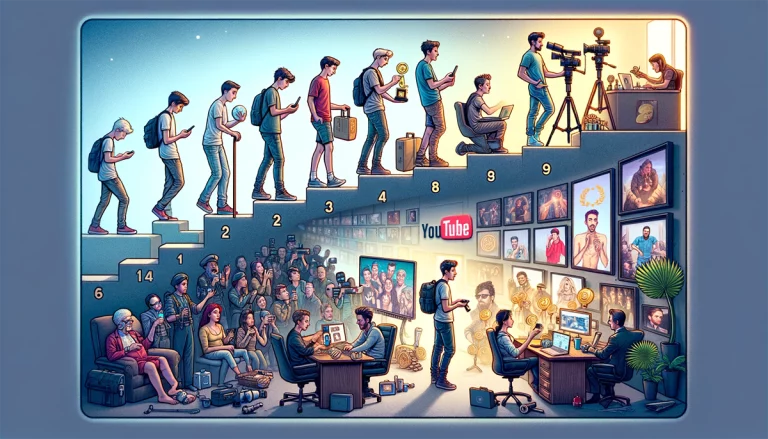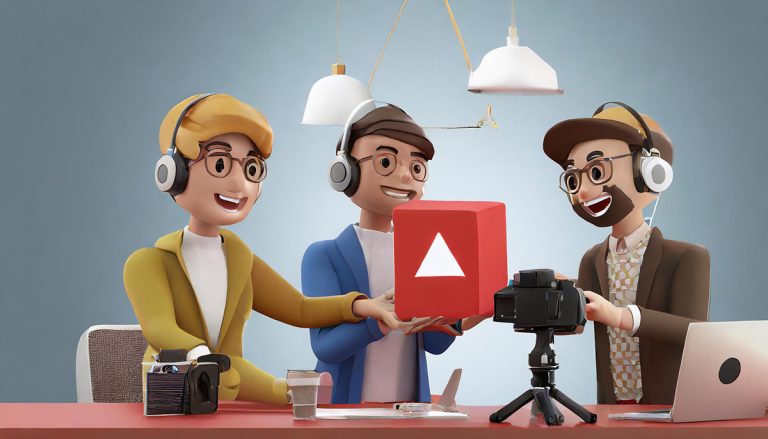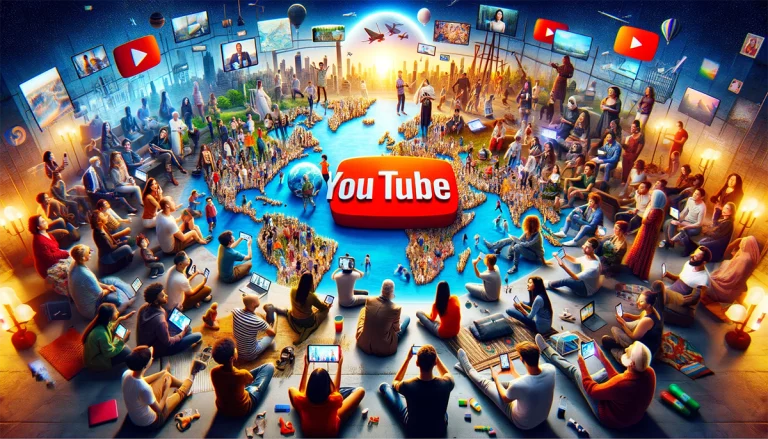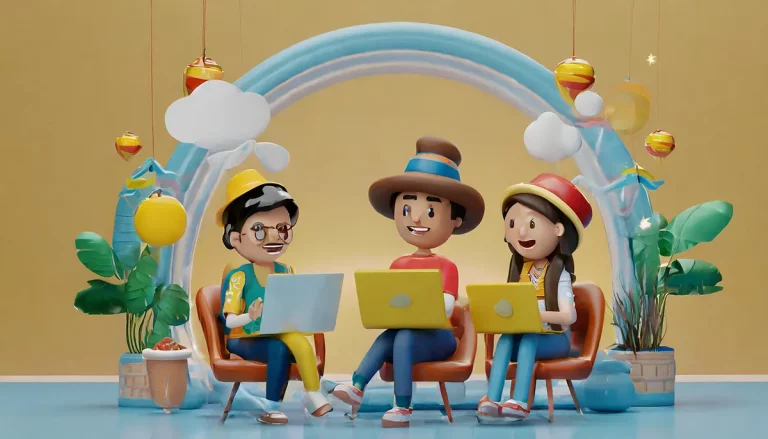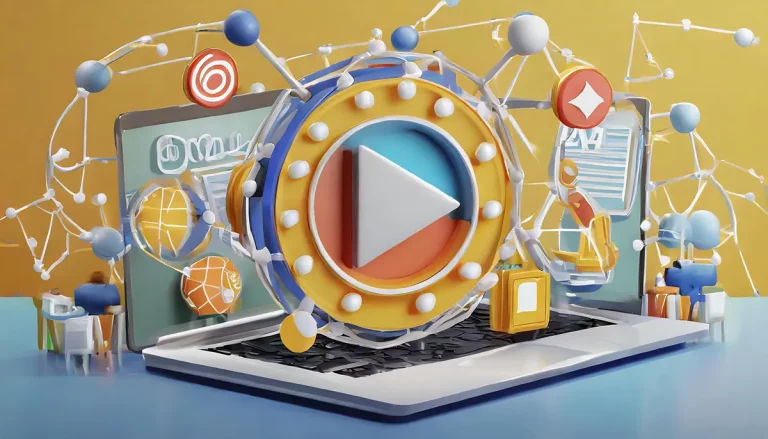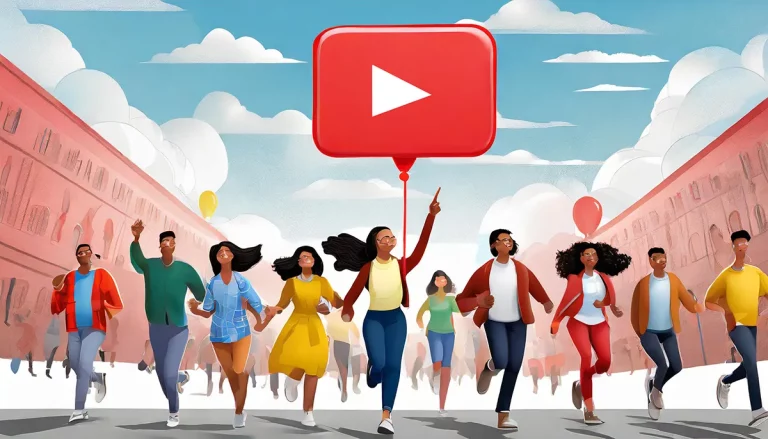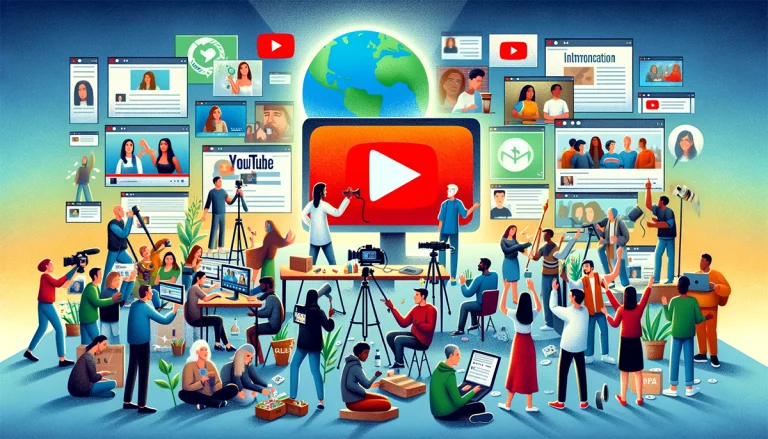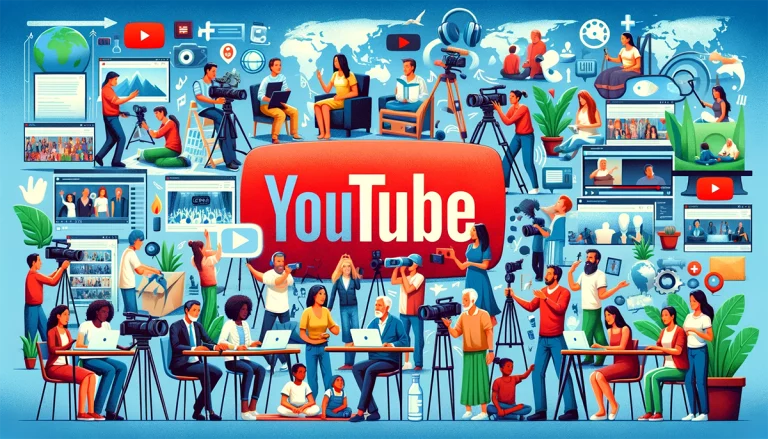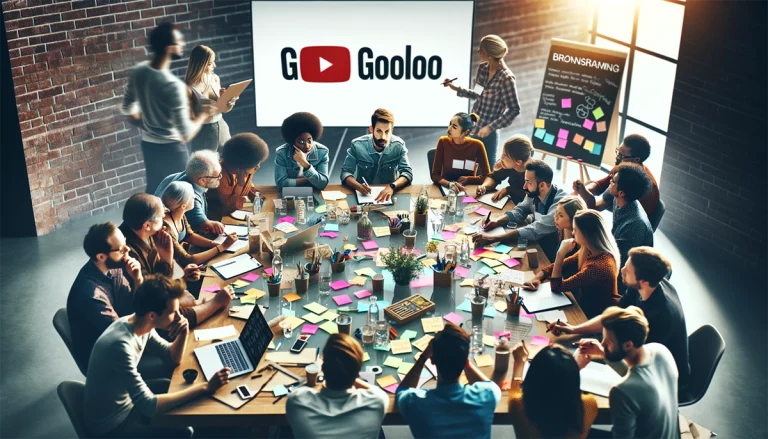Monetization on YouTube: Turning Views into Revenue
Monetisation on YouTube has opened up new avenues for creators to turn their passion into profit. Understanding how this process works is crucial for creators looking to make a living from their content.
YouTube Partner Program and Ad Revenue
The primary way creators earn money on YouTube is through the YouTube Partner Program (YPP). To be eligible, channels must meet certain criteria, including a minimum number of subscribers and watch hours. Once in the program, creators can earn money from ads displayed on their videos. The amount earned depends on factors like the number of views, the type of ads, and viewer engagement with the ads.
Alternative Monetization Methods
Apart from ad revenue, there are other ways to monetize content on YouTube. This includes channel memberships, where viewers pay a monthly fee for exclusive perks; Super Chat and Super Stickers in live streams, where viewers pay to highlight their messages; and merchandise shelves, where creators can sell their branded merchandise directly through YouTube.
Affiliate Marketing and Sponsorships
Many creators also engage in affiliate marketing, promoting products or services and earning a commission for each sale made through their unique affiliate link. Sponsorships from brands are another lucrative source of income, where creators are paid to feature or mention products in their videos.
Challenges in Monetization
While there are multiple avenues to monetize content, creators face challenges like fluctuating ad rates, changes in YouTube’s policies, and the need to balance monetization with authentic content creation. Moreover, not all content is eligible for monetization, especially if it doesn’t adhere to YouTube’s community guidelines.
The Importance of Diversifying Income
Many successful YouTubers diversify their income sources to mitigate these challenges, not relying solely on YouTube ad revenue. This diversification can include creating content for other platforms, launching a personal brand or product line, or using Patreon or similar platforms for fan funding.
Conclusion
Monetization on YouTube offers exciting opportunities for creators to earn from their content. However, it requires understanding the platform’s monetization policies, staying adaptable to changes, and exploring various income streams for a sustainable and profitable YouTube career.




